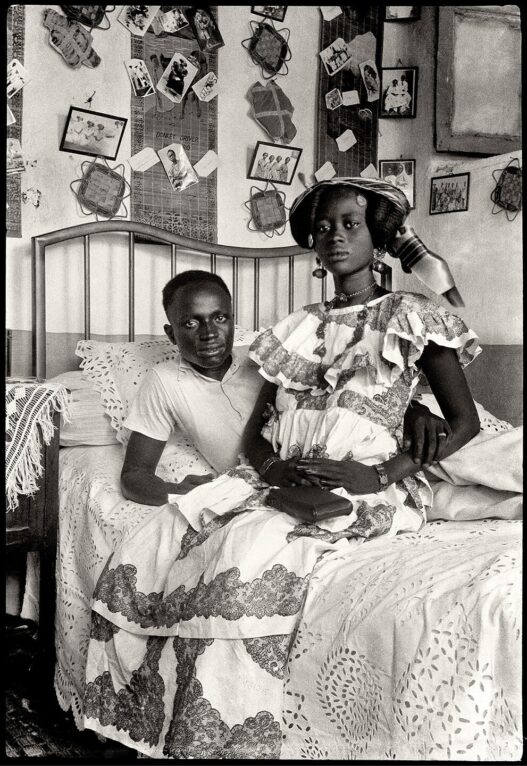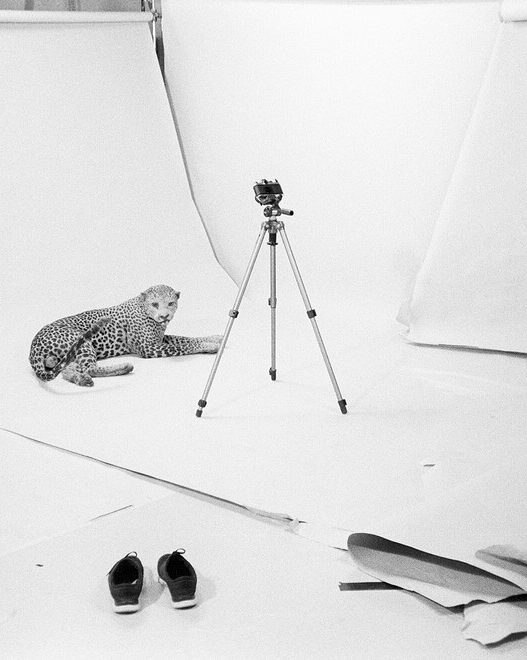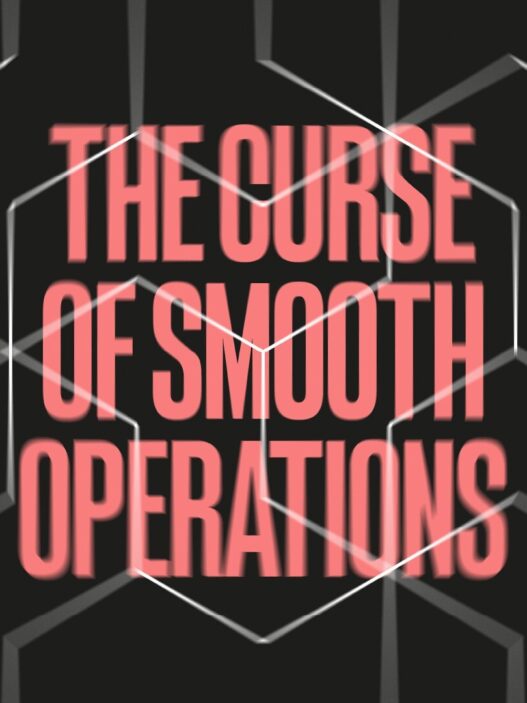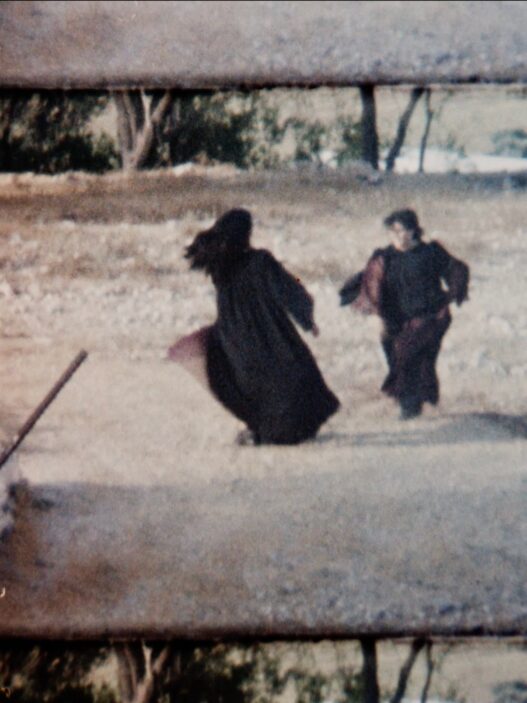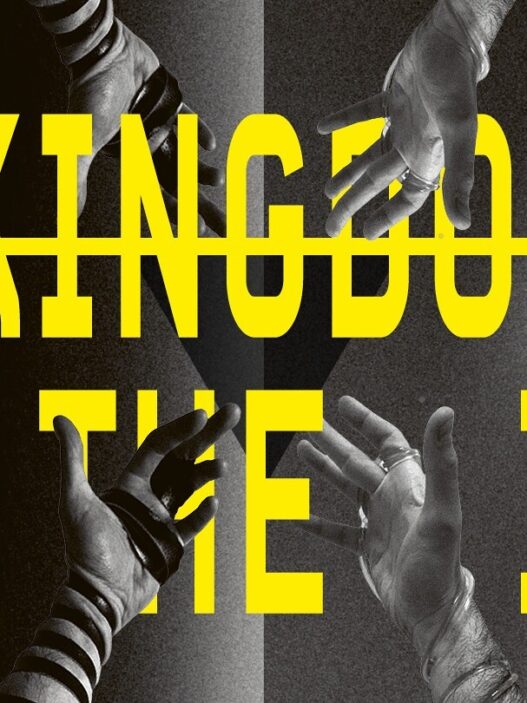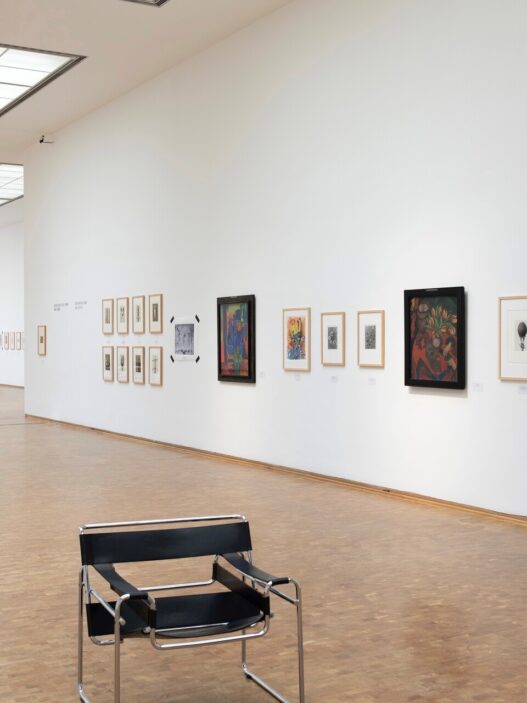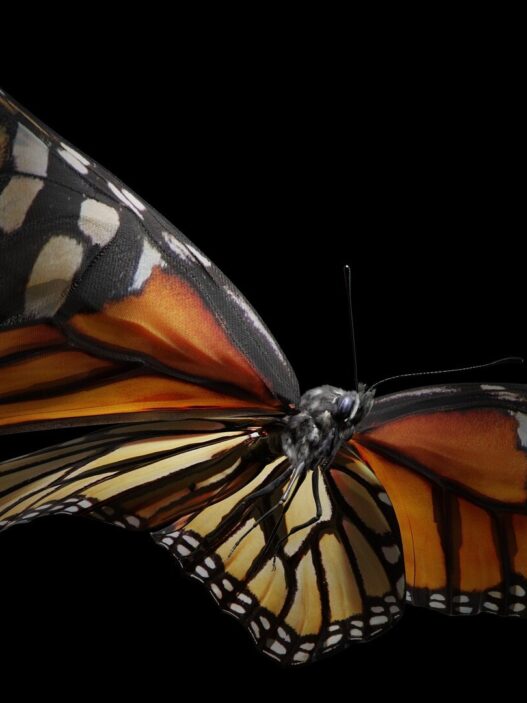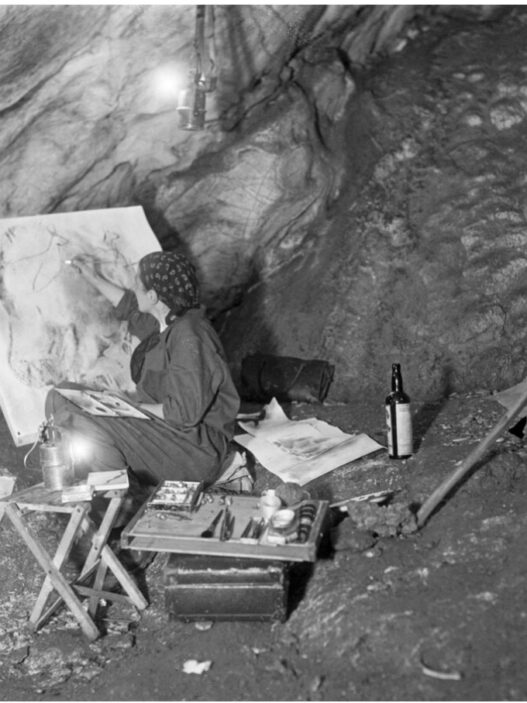November 11, 2022, 9am
Event time: 9am–4pm ET (New York time). Visit here to register for the webinar.
African photographers like Seydou Keta have been featured in exhibitions since the 1990s, which have prompted discussions regarding the connections between authorship and ownership and visibility and privacy. With recent discussions about the restitution of African cultural heritage, questions regarding the ethics of searching and gathering have become increasingly relevant.
Scholars, artists, and curators discuss the ethics of working with photographs as well as strategies for decolonizing the medium and its histories in this online symposium.
What privileges do photographers possess? Can sitters assert their “right to opacity” in the hypervisible world of today, to use Édouard Glissant’s phrase? What does the continent’s collection and curation of images from personal and colonial archives look like in the future? May spectators actively engage in the “active struggle of looking with,” as Tina Campt put it, as opposed to merely passively observing, and can this lead to novel ways of seeing?
Speakers: Sandrine Colard (Rutgers University–Newark), Osaisonor Godfrey Ekhator-Obogie (Institute for Benin Studies), Patricia Hayes (University of the Western Cape), Candace Keller (Michigan State University), Lebohang Kganye (Visual artist and photographer), Ingrid Masondo (Iziko South African National Gallery), Steven Nelson (National Gallery of Art), Giulia Paoletti (University of Virginia), John Peffer (Ramapo College of New Jersey), Z.S. Strother (Columbia University).
Keynote: Temi Odumosu (University of Washington).
Welcome: David Freedberg (Columbia University) and Douglas Fordham (University of Virginia).
Concluding remarks: Steven Nelson (National Gallery of Art).
See here for more information: full program, abstracts, bios, and bibliography.
Organized by Z.S. Strother (Columbia University) and Giulia Paoletti (University of Virginia).
With the generous support of: Buckner W. Clay Endowment for the Humanities, University of Virginia; Institute of the Humanities and Global Cultures, University of Virginia; UVA Arts & the Office of the Provost & the Vice Provost for the Arts; The Carter G. Woodson Institute, University of Virginia; The Institute of African Studies, Columbia University; The Department of African American & African Diaspora Studies, Columbia University; Photography Network.
And with a grant from The Andrew W. Mellon Foundation.
Presented by: Department of Art, University of Virginia; The Italian Academy for Advanced Studies, Columbia University; Department of Art History and Archaeology, Columbia University









